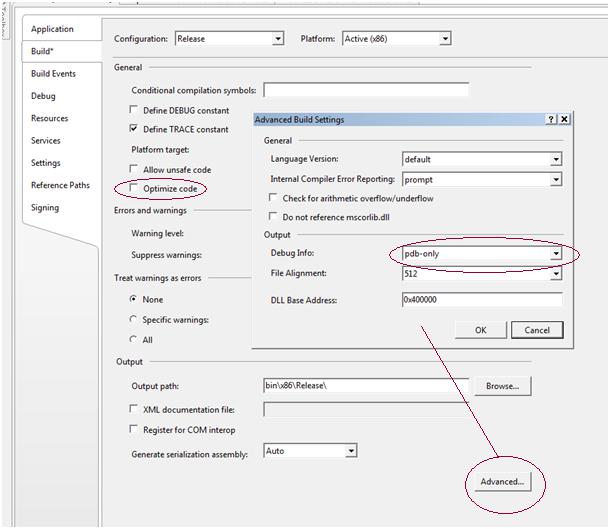Keep It Simple
" Everything should be made as simple as possible, but no simpler. " -Albert Eistein. Ok, I have to rant for a bit. I apologize if the article is brass or if I ramble in places, but I promise, out of it comes a lesson in simplicity and efficiency. For any developer (or any tradesman for that matter), good habits and sharp skills require a solid foundation. For me, that foundation came from my course work at Bay Path Regional Vocational Technical High School. One of my instructors there, Bill Bostock, the very first day of class, wrote on the chalk board in large letters: K.I.S.S. Then asked us what it meant. After some giggling and music references, he elaborated: K eep I t S imple S tupid The KISS Principle That day and that lecture will stick in my mind for ever. I even use it in my own introduction to computer programming lectures at American Career Institute. He told us there are many answers to any given problem, some complex, some simple...do e
